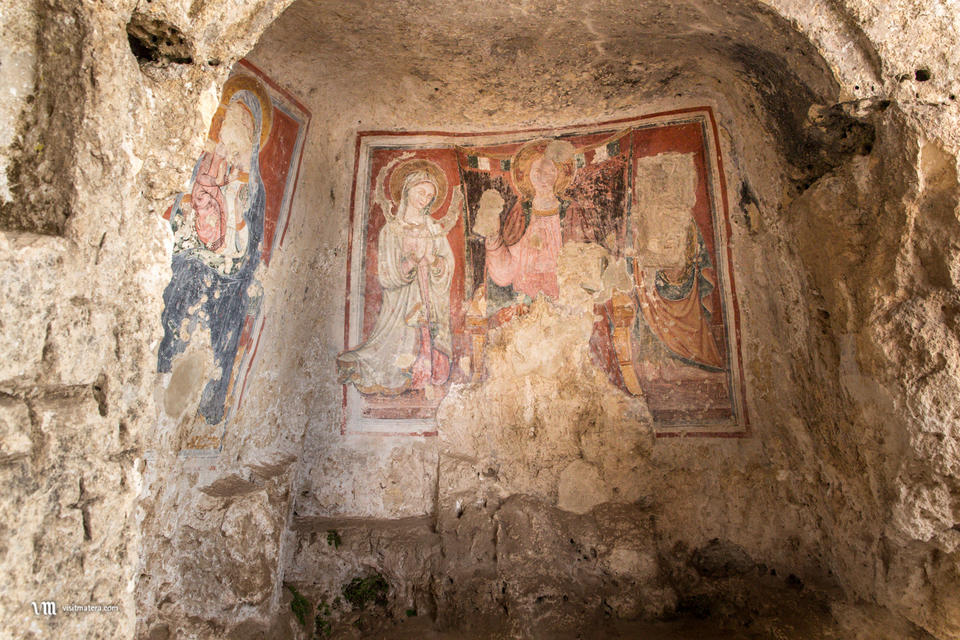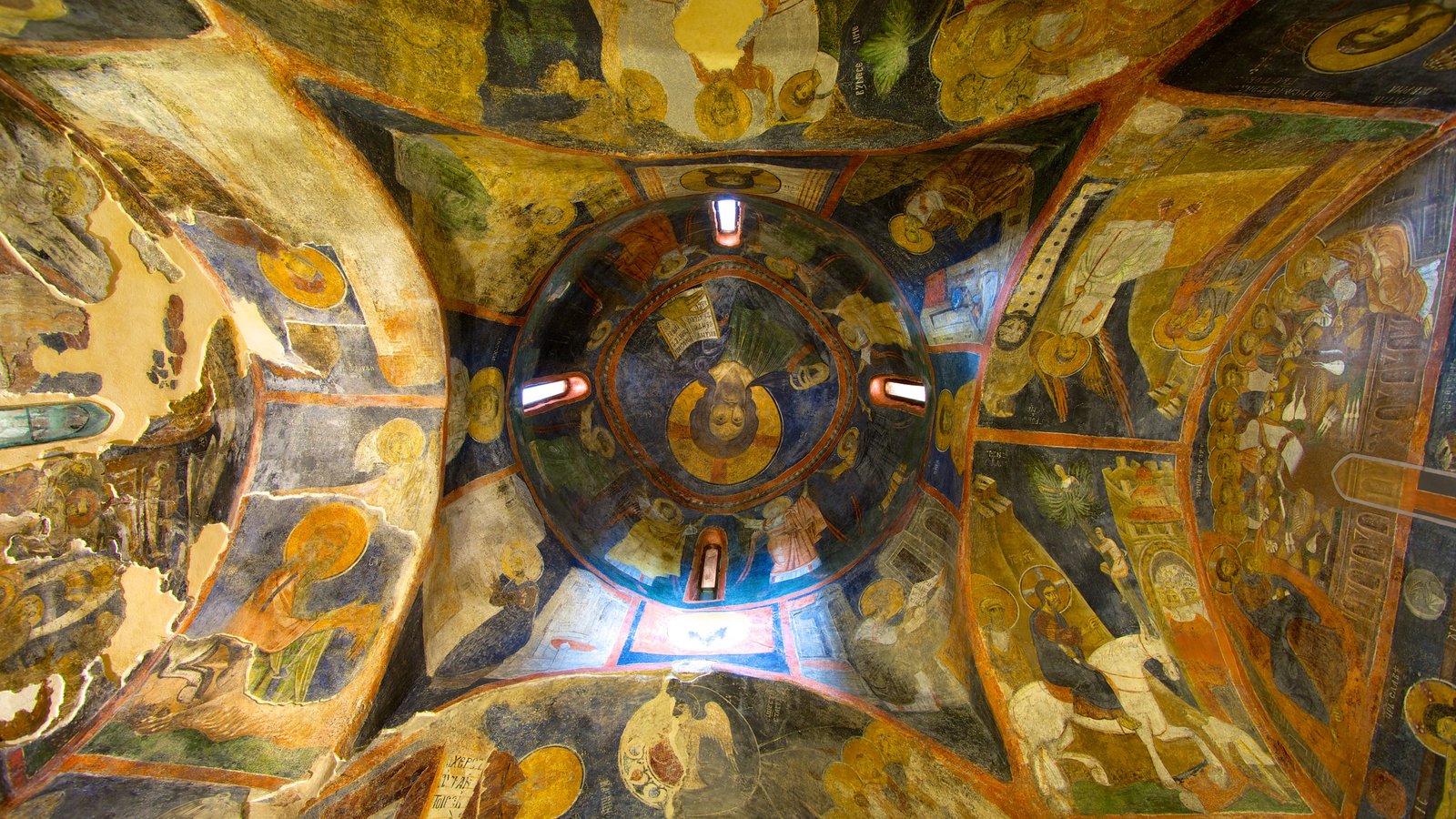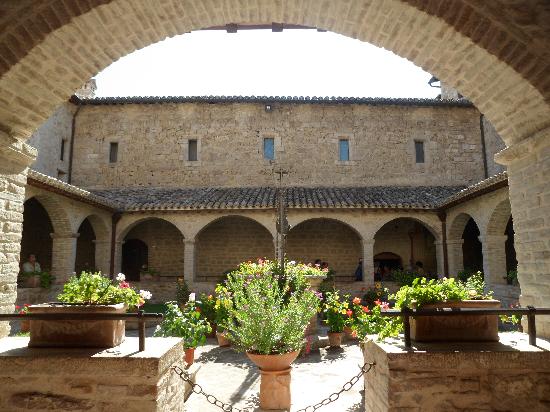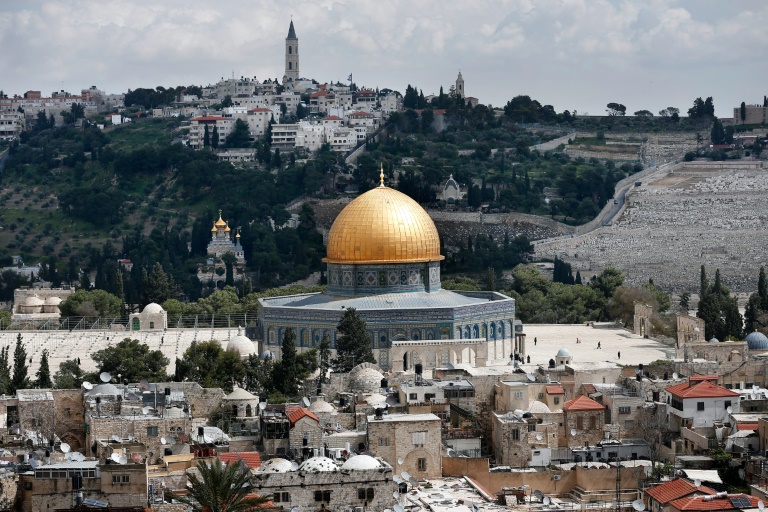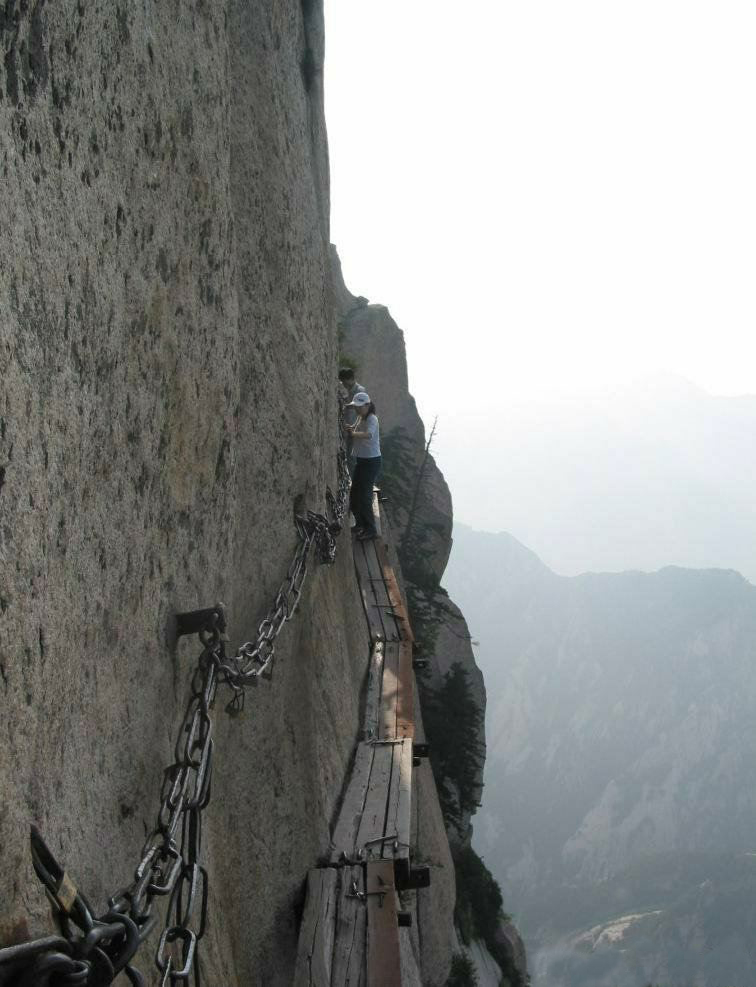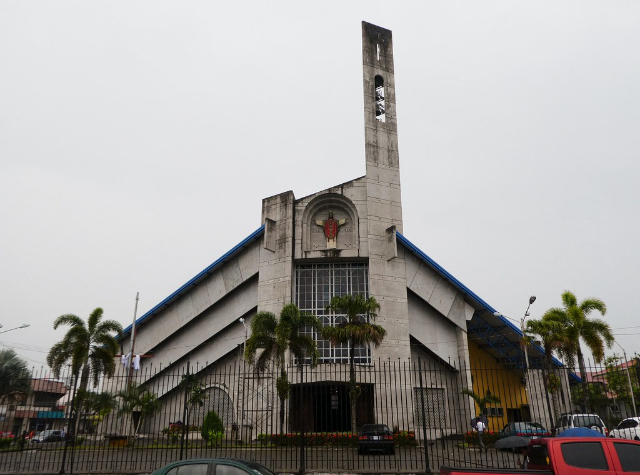This small chapel was also known in the past as the Grotto of the Crosses because there are many graffiti crosses on the walls. The current name derives from the architectural structure that originally consisted of three entrance arches, each of which allowed access to three separate oratories; currently, following the collapse of some structural parts, only two have remained intact.
Inside you can admire several frescoes: in the central nave there are a Deesis with Christ, the Madonna and St. John and a representation of the Madonna del Melograno, both are attributed to the Master of Miglionico active in the second half of the fifteenth century; in the aisle the apse is embellished by the representation of a Crucifixion, on the walls you can see an Annunciation and a Madonna enthroned with Child probably made in the thirteenth century.
This, like other chapels in the area, during the early ’60s was the object of theft by some German scholars who stole and removed substantial parts of the frescoes from the walls, many of these have been recovered and restored, but it was not possible to relocate them.
